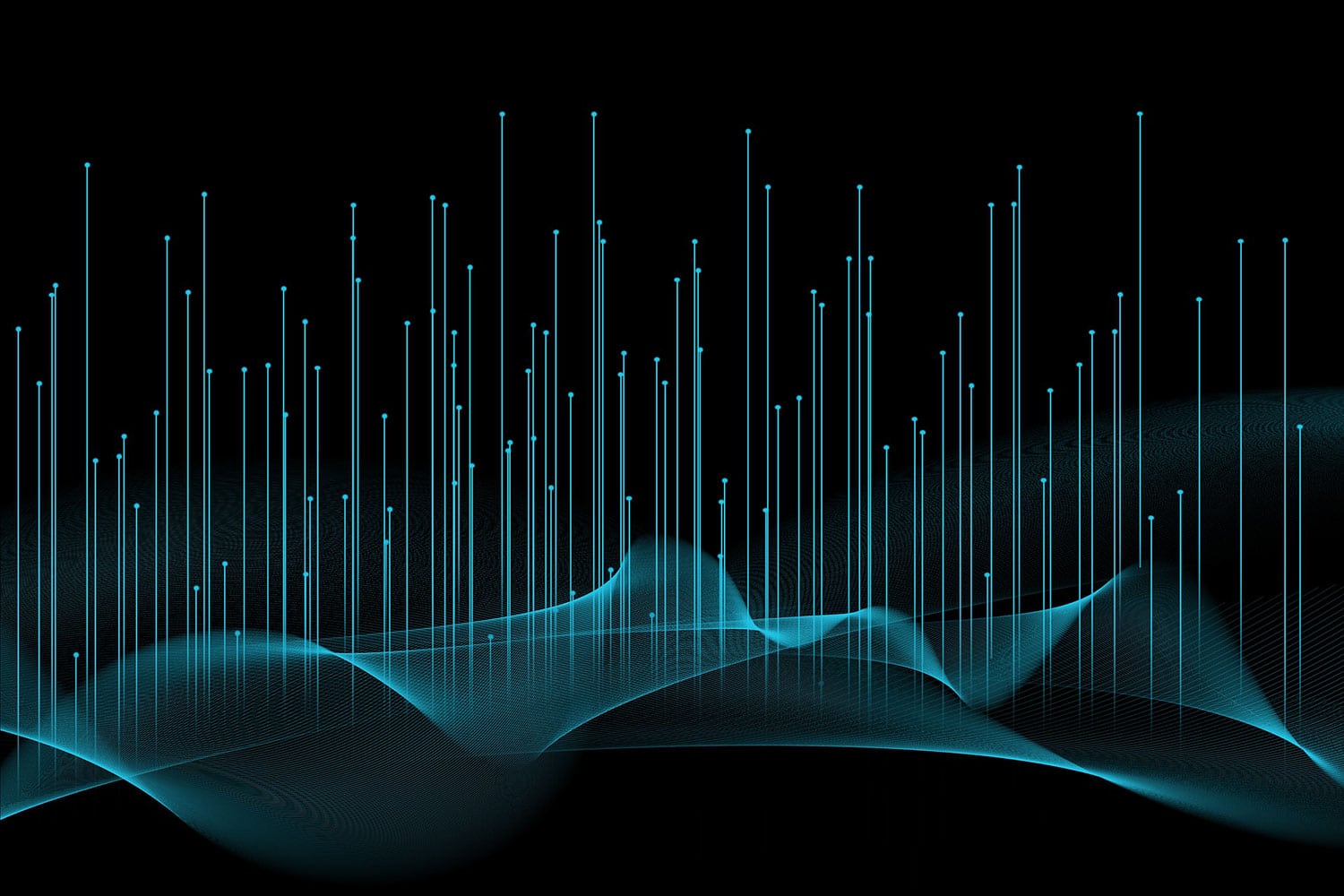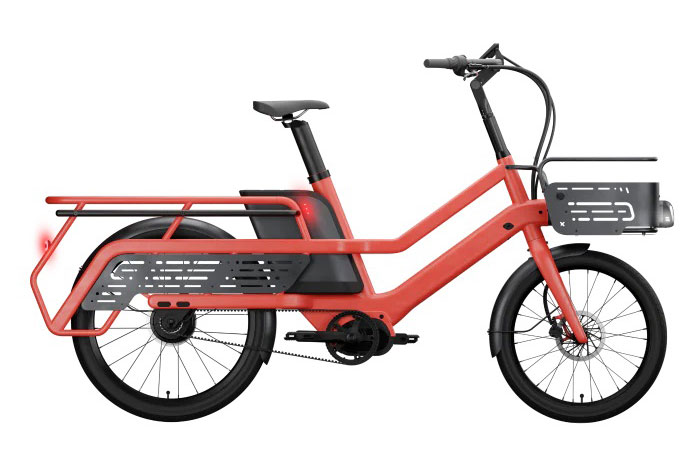Wireless technologies have changed our world, with more and more objects in our physical world connected to the Internet. While you may have just started taking advantage of 5G wireless technology, researchers around the world are already working hard on the future: 6G. Visible Light Communication (VLC) is widely considered a promising technology for the coming 6G networks.
However, recent studies show that a VLC transmitter not only emits visible light signals but also leaks RF signals during the transmission.
Now, a team of researchers at the University of Massachusetts Amherst has invented a low-cost, innovative way to harvest the waste energy from VLC by using the human body as an antenna. This waste energy can be recycled to power an array of wearable devices or even, perhaps, larger electronics.
“VLC is quite simple and interesting,” says Jie Xiong, professor of information and computer sciences at UMass Amherst and the paper’s senior author. “Instead of using radio signals to send information wirelessly, it uses the light from LEDs that can turn on and off, up to one million times per second.”
Part of the appeal of VLC is that the infrastructure is already everywhere – our homes, vehicles, streetlights, and offices are all lit by LED bulbs, which could also be transmitting data. “Anything with a camera, like our smartphones, tablets, or laptops, could be the receiver,” says Xiong.
In their previous studies, Xiong and first author Minhao Cui showed that there’s significant leakage of energy in VLC systems because the LEDs also emit side-channel RF signals or radio waves. If this leaked RF energy could be harvested, then it could be put to use.
To solve this issue, the team first designed an antenna out of coiled copper wire to collect the leaked RF. To maximize the collection of energy, they experimented with all sorts of design details, from the thickness of the wire to the number of times it was coiled. Researchers also noticed that the efficiency of the antenna varied according to what the antenna touched.
They tried resting the coil on plastic, cardboard, wood, and steel, as well as touching it to walls of different thicknesses, phones powered on and off, and laptops. And then, Cui got the idea to see what happened when the coil came in contact with a human body. Immediately, it was clear that a human body is the best medium for amplifying the coil’s ability to collect leaked RF energy, up to ten times more than the bare coil alone.

Based on the observations, the team came up with a system called “Bracelet+,” which involves the human body in the harvesting system to increase the harvested power. After careful analysis of the influence of the human body on the harvested power, they prototyped the coil antenna as a bracelet that achieves both high harvested power and convenience for wearing. The design can be adapted for wearing as a ring, belt, anklet, or necklace.
In tests, the average power of the RF energy harvested by the new device was ten times larger than that of the conventional coil antenna without causing any interference to the communication of VLC systems. The harvested power can reach up to micro-watts in the team’s tested scenarios. Such a micro-watt level of harvested energy has the potential to power up ultra-low-power sensors such as temperature sensors and glucose sensors.
“Ultimately,” says Xiong, “we want to be able to harvest waste energy from all sorts of sources in order to power future technology.”
Next-gen wireless technology may leverage the human body for energy
Source: Tambay News






0 Comments